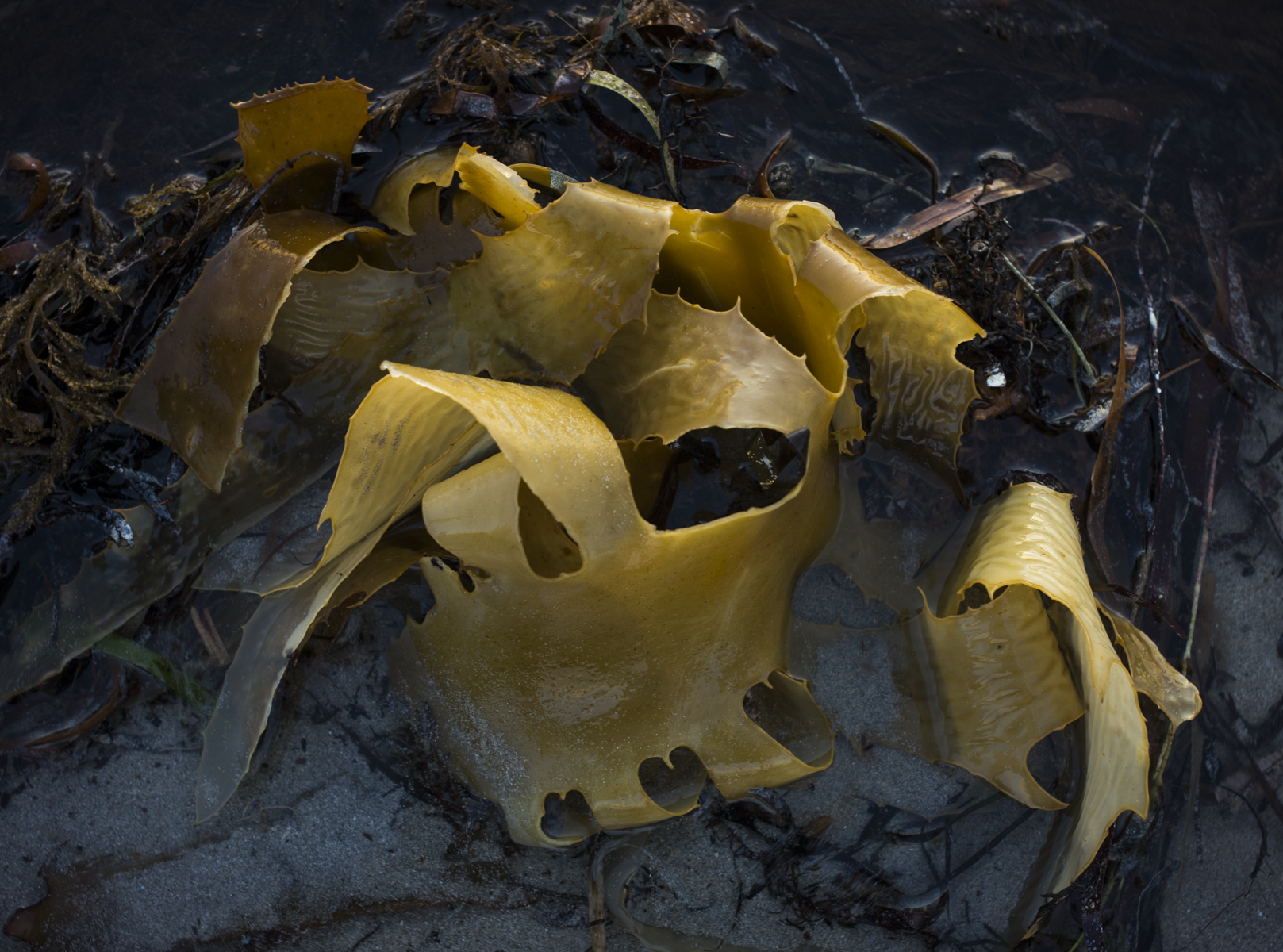Australia is commonly seen as the one country that managed to avoid the global financial crisis (GFC) in 2007-8. But the effects of the GFC can be seen in Adelaide as you walk around the city and see the numerous holes in the ground in the CBD.
These are the traces of developments –urban renewal–that came crashing to a halt because the finance from the banks for development dried up post GFC. 6 years on and most of the CBD’s holes in the ground remain. Maybe the holes in the ground keep changing hands as they are bought and sold, plans are drawn up, approval is granted, but then fail to get off the ground because it is difficult to get the necessary finance.

Most of the development that is taking place is apartments with only the odd office building being constructed. In the above case in King William St in the City South precinct the proposed 28 storey development is called VUE on King William designed by Woods Bagot and developed by the Asian Pacific Group.
It is heralded as a new residential benchmark in Adelaide and it is designed to attract empty nesters planning to move into the city from the suburbs and young professionals. The finance will come if 70% of the building is sold pre-plan. So we will see what happens.










